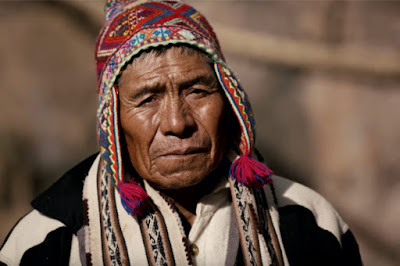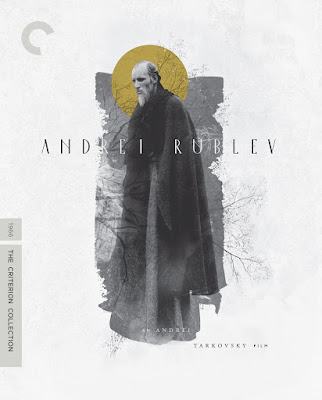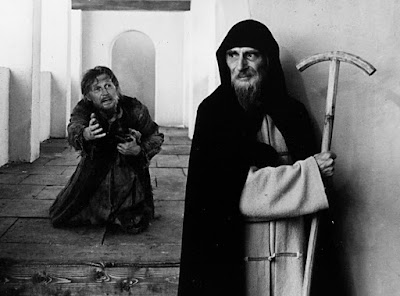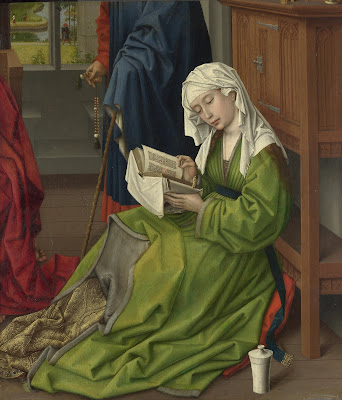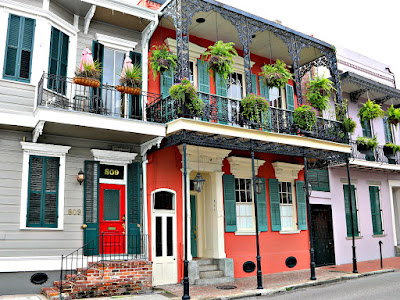
Wikipedia - "
Paterson is an
epic poem by American poet
William Carlos Williams published, in five volumes, from 1946 to 1958. The origin of the poem was an eighty-five line long poem written in 1926, after Williams had read and been influenced by
James Joyce's novel
Ulysses. As he continued writing lyric poetry, Williams spent increasing amounts of time on
Paterson, honing his approach to it both in terms of style and structure. While
The Cantos of
Ezra Pound and
The Bridge by
Hart Crane could be considered partial models, Williams was intent on a documentary method that differed from both these works, one that would mirror 'the resemblance between the mind of modern man and the city.' While Williams might or might not have said so himself, commentators such as Christoper Beach and Margaret Lloyd have called
Paterson his response to
T.S. Eliot's
The Waste Land and Pound's
Cantos. The long gestation time of
Paterson before its first book was published was due in large part to Williams's honing of
prosody outside of conventional
meter and his development of an overall structure that would stand on a par with Eliot and Pound yet remain endemically American, free from past influences and older forms. ...
Paterson is set in
Paterson, New Jersey, whose long history allowed Williams to give depth to the America he wanted to write about, and the
Paterson Falls, which powered the town's industry, became a central image and source of energy for the poem. ..."
Wikipedia
amazon
 2017 December: Paterson - Jim Jarmusch (2016)
2017 December: Paterson - Jim Jarmusch (2016)


